T4K3.news
Unknown Humanlike Relative Found in Ethiopian Fossils
A new Australopithecus species may have lived alongside early Homo in East Africa 2.5–3.0 million years ago, based on teeth findings in Ethiopia.
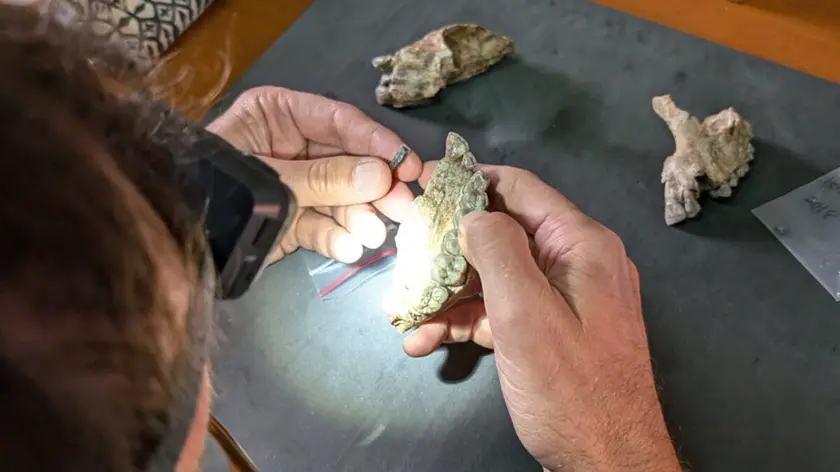
A set of teeth found in Ethiopia may belong to a new Australopithecus species and coexisted with early Homo lineages about 2.6 to 2.8 million years ago.
Unknown Humanlike Relative Found in Ethiopian Fossils
Two fossil teeth from the Ledi-Geraru area of Ethiopia likely belong to a previously unknown Australopithecus species, according to a Nature study. The specimens come from two individuals and date to roughly 2.6 to 2.8 million years ago. At the same site, scientists found three other teeth attributed to early Homo dating to about 2.59 million years ago, a jawbone from a related species identified in 2013, and the potential presence of multiple hominin lineages in East Africa during this period.
Together, the finds suggest that Homo, Paranthropus, Australopithecus garhi, and the newly proposed Australopithecus species may have lived side by side 2.5 to 3.0 million years ago. The researchers have named the new group Ledi-Geraru Australopithecus, though they cautioned that more fossils are needed to formally name the species.
Key Takeaways
"Evolution is not linear, it is a bushy tree"
Kaye Reed on evolution
"More fossils are needed to name the species"
Reed on naming the newly found taxon
"Four lineages coexisted in East Africa 2.5 to 3.0 million years ago"
Summary of coexistence finding
"Different diets may explain their coexistence"
Ecology note on coexistence
The discovery adds to a growing view that human evolution is not a straight line. Instead, several hominin lineages coexisted in the same region, weaving a complex web of life. The finding also raises questions about how these species partitioned resources and the roles of diet and habitat. As more fossils surface, scientists will refine the timeline and definitions that shape our understanding of ancestry.
This work demonstrates how new sites can recalibrate long-held timelines and reminds us that the map of our origins is still being drawn. The authors stress the need for more fieldwork and training to uncover missing pieces of the story.
Highlights
- Evolution is not linear, it is a bushy tree
- You need more fossils
- More fossils are needed to name the species
- Different diets may explain their coexistence
Future fossils may rewrite this chapter again.
Enjoyed this? Let your friends know!
Related News
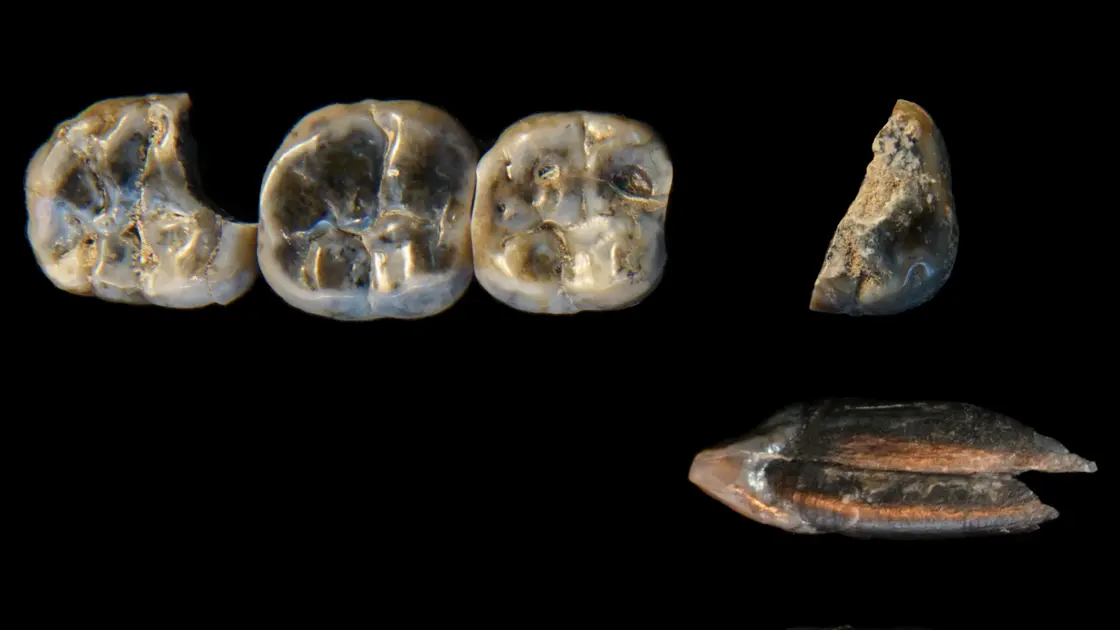
Two hominin lineages coexisted in Ethiopia 2.6 million years ago
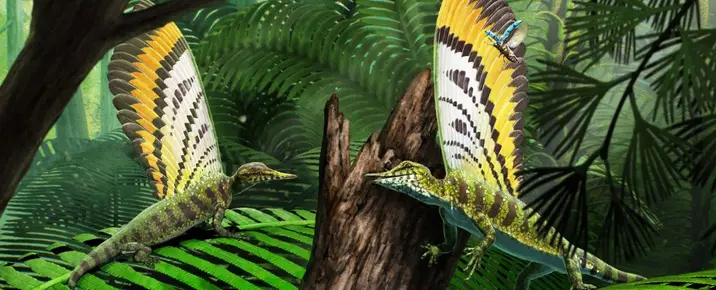
Unique reptile fossil offers new insights into evolution
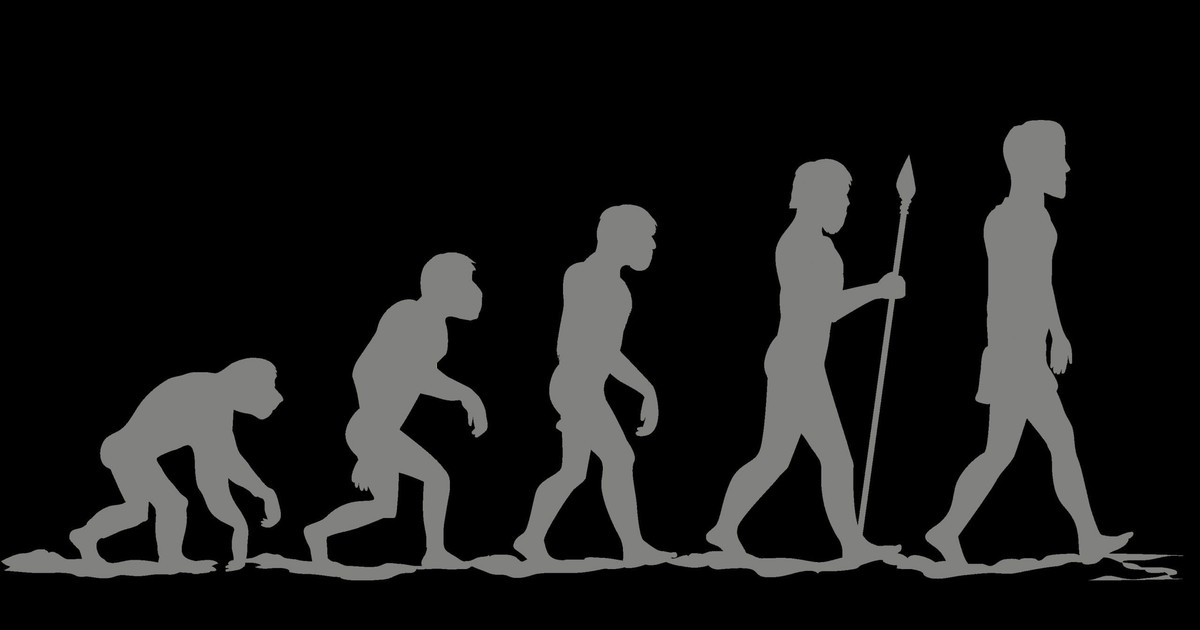
New fossils show multiple hominin species in East Africa

New Triassic reptile discovery changes views on feather evolution
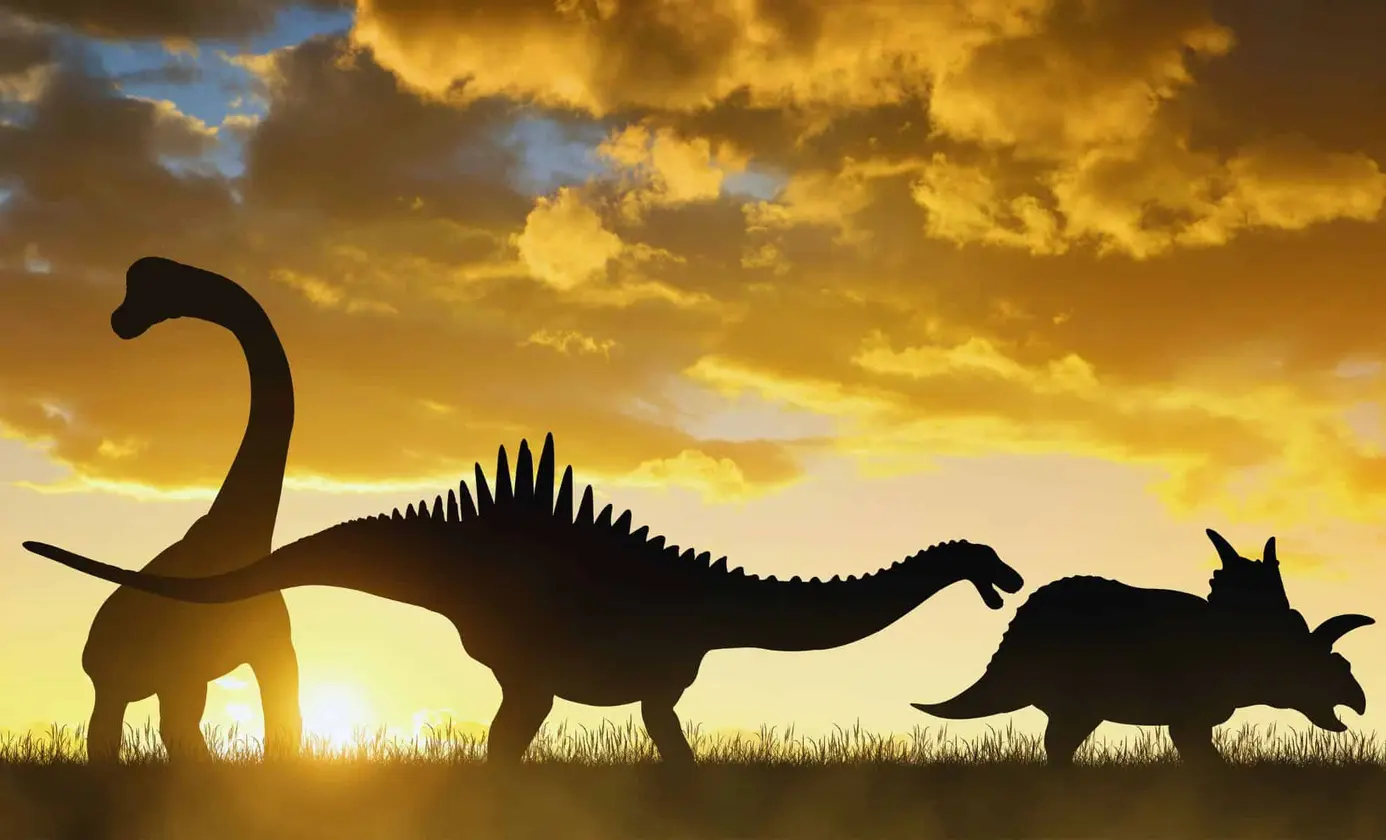
Study Reveals Possible Size of Early Dinosaurs
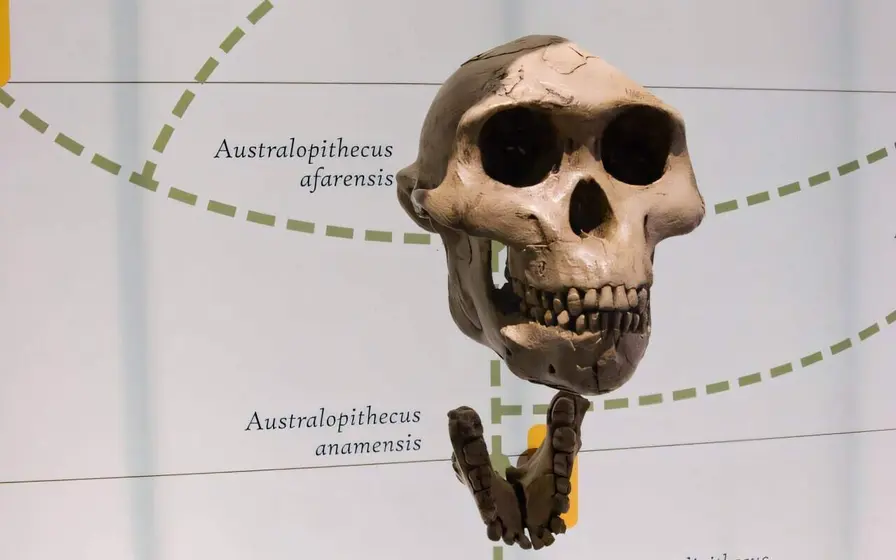
Study Reveals Size Gaps in Ancient Human Ancestors
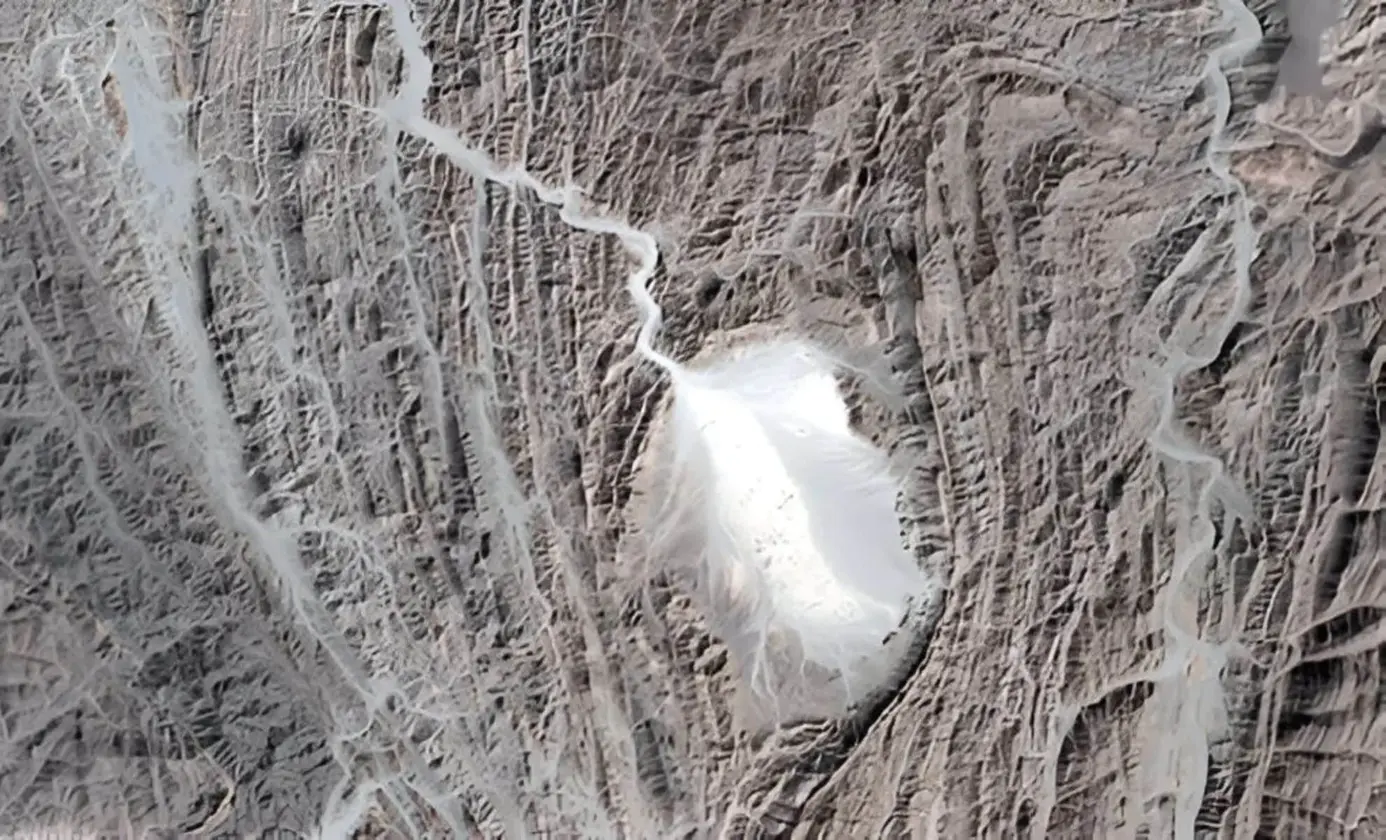
Ancient Fossilized Sperm Discovered
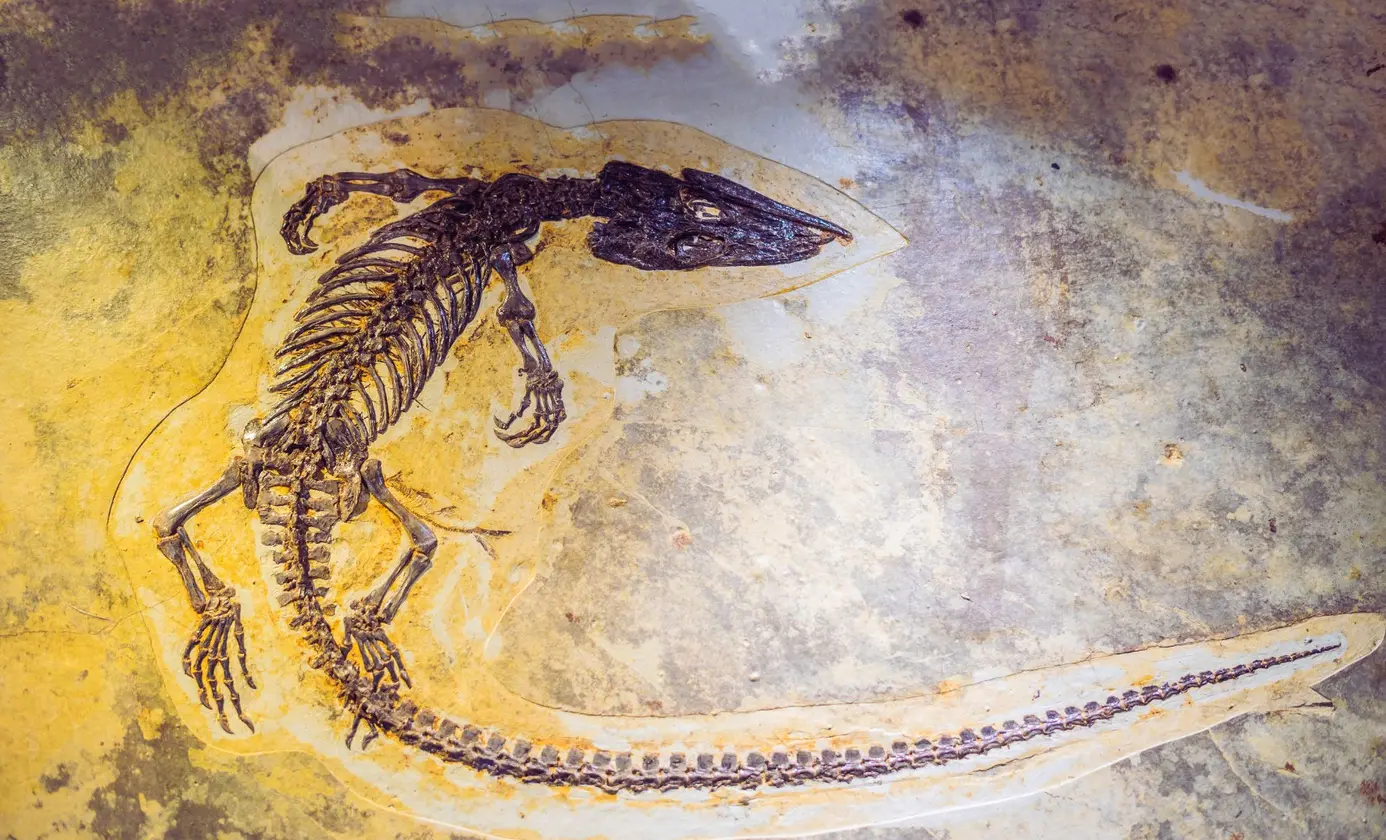
Oldest docodontan fossil found in Greenland
